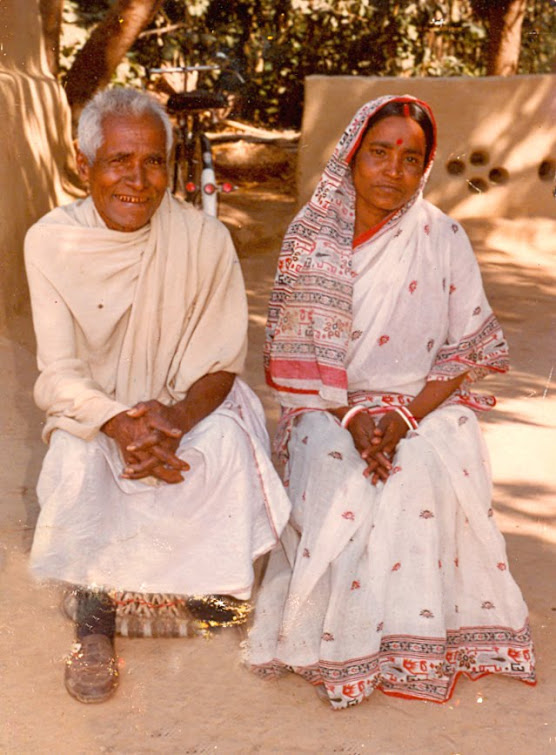---------- Forwarded message ----------
From: Chakradhar Hadke <notification+kr4marbae4mn@facebookmail.com>
Date: Thu, Sep 8, 2011 at 5:42 PM
Subject: [NAAGVANSH] Affidavits on mass must be filed by our social...
To: NAAGVANSH <186337191406627@groups.facebook.com>
From: Chakradhar Hadke <notification+kr4marbae4mn@facebookmail.com>
Date: Thu, Sep 8, 2011 at 5:42 PM
Subject: [NAAGVANSH] Affidavits on mass must be filed by our social...
To: NAAGVANSH <186337191406627@groups.facebook.com>
| |||||||||
--
Palash Biswas
Pl Read:
http://nandigramunited-banga.blogspot.com/



No comments:
Post a Comment